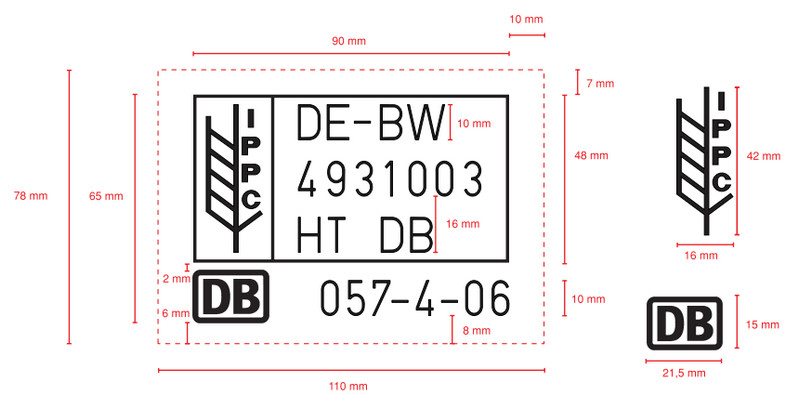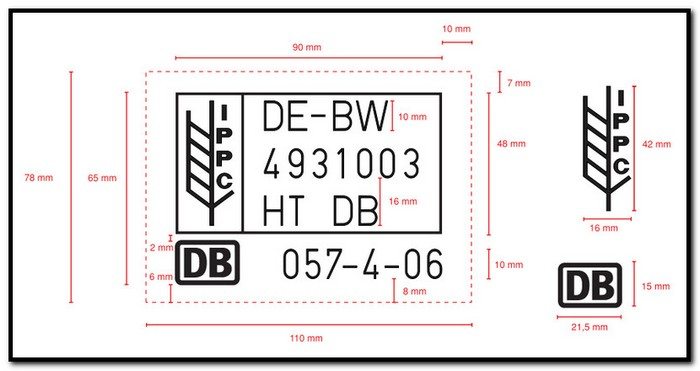This means that any company or business wishing to transact internationally, needs to comply with international standards. One of those standards is established by the International Plant Protection Commission. The IPPC has been established to help prevent the spread of insects, fungus and mould between countries and especially, continents. Pallets used for international trade must bear IPPC certification that will contain information as shown here:

This symbol will include:
- A two letter ISO country code. For instance, AU for Australia or US for the United States.
- The 000 portion of the symbol represents the unique certification number issued to the treatment provider or wood packaging manufacturer. Inclusion of this certification number ensures that the wood packaging material can be traced back to the treatment provider or manufacturer.
- YY is the treatment abbreviation.
- HT is the code for heat treatment to a minimum of 56 degrees Celsius for a minimum of 30 minutes.
- MB is the code for methyl bromide fumigation.
What you are interested in is the two letters at the bottom right of the IPPC logo – in this example currently showing HT for Heat Treated. If the letters are MB, it means that pallet has been treated with methyl bromide. Leave it where it is. Assuming the letters are HT, you are good to go!
What if there are no markings on the pallet?
In this case, it means that the pallet has been manufactured for domestic use only. Accordingly, it does not need to be treated – by either heat or chemicals. These pallets are made from the cheapest possible timbers as they are designed to be discarded with the packaging of whatever was sitting on it. This means that you can use unmarked pallets with a high level of confidence.
I hope that this has helped to clear the air and dispel some of the myths surrounding the re-purposing of pallets. I repeat that I am not an expert on pallets. However, as someone keen to recycle and re-purpose wherever possible, I have taken the time to research and read available materials on pallet construction and treatment. I recommend that you reassure yourself by doing some research to determine what may or may not be safe in your locale.
How to dismantle a pallet
Let’s face it, pallets are not meant to come apart. They are manufactured with galvanised nails that have serrations to bind to the wood. Nonetheless, pallets can be dismantled if reasonable care is taken. Because pallets are made from very inexpensive (read cheap) timber, you are guaranteed to get splinters handling pallets if you do not wear gloves. The following instructions are courtesy of the Canadian Pallet and Container Association.
How to > disassemblyofpallets
It seems that there are as many ideas for re-purposing pallets as there are people on the face of the earth. We would love to see your project when it’s finished. Even better, take lots of photographs and write a guest blog for us.
If you have any questions or suggestions, just use the comment option below. Thanks for joining us.
The OBN Team






